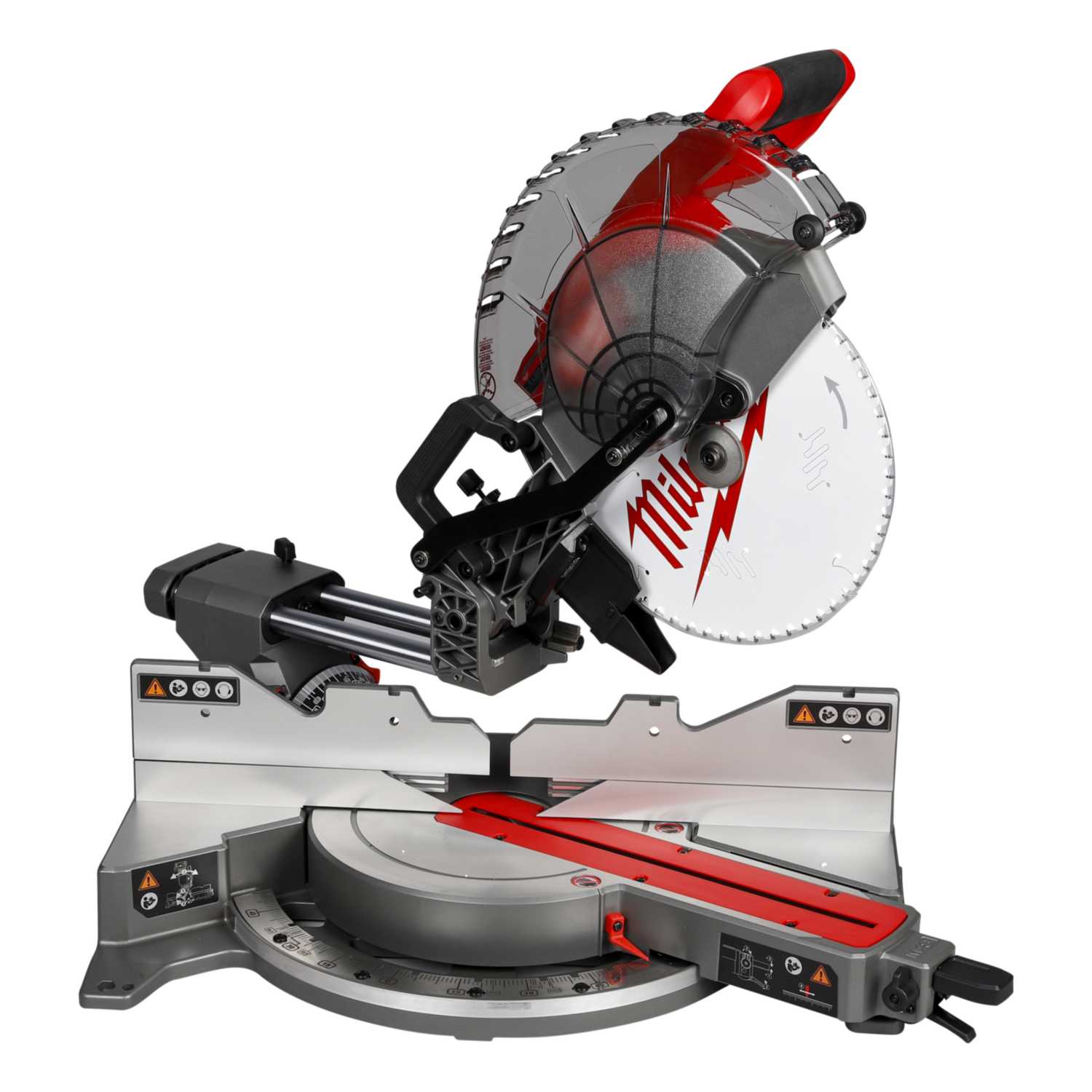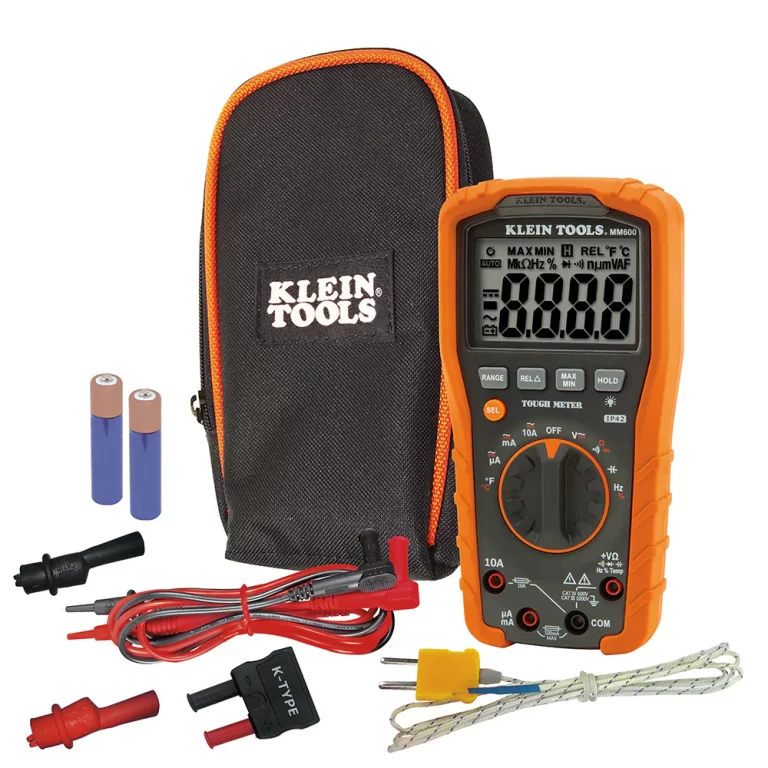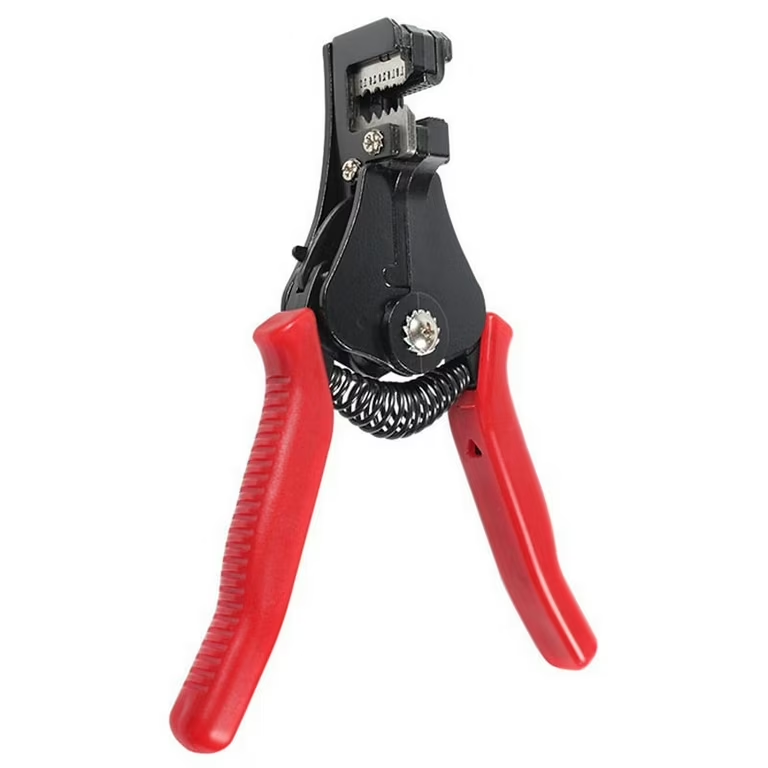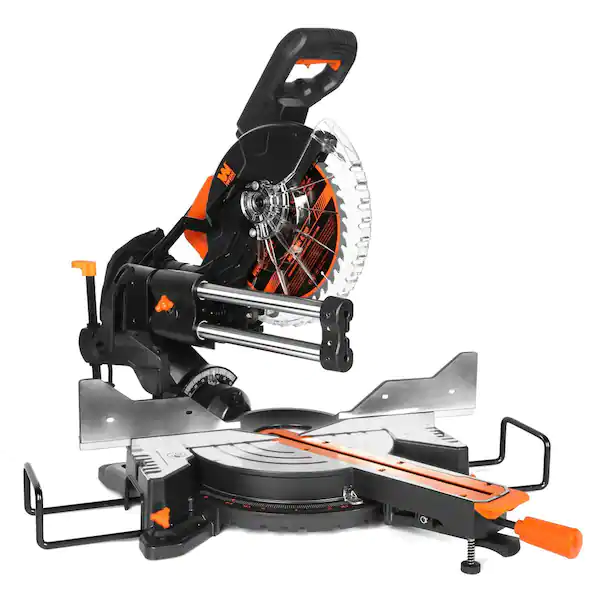
Pole Saw Harbor Freight : Affordable Tree Trimming Solution
Introduction to Harbor Freight’s Pole Saw Offering
Harbor Freight Tools, known for its budget-friendly DIY and professional tools, offers a range of pole saws designed to meet the needs of homeowners and occasional users. These pole saws provide an affordable solution for trimming high branches and maintaining trees without the need for ladders or professional services. Harbor Freight’s pole saw lineup typically includes both electric and gas-powered models, catering to different user preferences and job requirements.
The electric versions offer quieter operation and lower maintenance, while the gas-powered models provide greater mobility and power for tougher jobs. These tools extend the reach of users, allowing them to safely trim branches up to several feet overhead while keeping both feet firmly on the ground. Harbor Freight’s commitment to offering accessible tools makes their pole saws an attractive option for those looking to tackle tree maintenance tasks without breaking the bank. As with many Harbor Freight products, these pole saws prioritize functionality and value, making them popular among budget-conscious consumers and DIY enthusiasts.
Key Features and Specifications of Harbor Freight Pole Saws
Harbor Freight pole saws come equipped with features designed to enhance usability and efficiency. Most models feature telescoping poles that extend to lengths between 8 and 15 feet, allowing users to reach high branches with ease. The saws typically employ 8-inch to 10-inch bar chains, suitable for cutting branches up to 6-8 inches in diameter. Electric models often boast 6-8 amp motors, providing sufficient power for most residential trimming tasks. Gas-powered versions usually feature 25cc to 30cc two-stroke engines, offering more power for tougher cutting jobs.
Many Harbor Freight pole saws include auto-oiling systems to keep the chain lubricated during use, reducing maintenance needs and extending the life of the chain. Adjustable heads allow users to position the saw at various angles, improving cutting precision and versatility. Safety features such as hand guards and trigger locks are standard on most models. The poles are generally made of lightweight materials like aluminum or fiberglass to reduce user fatigue during extended use. These features combine to create tools that balance functionality, safety, and affordability for the average homeowner.
Comparing Harbor Freight Pole Saws to Competitors
When comparing Harbor Freight pole saws to competitors, several factors come into play. Price stands out as a significant advantage, with Harbor Freight models often costing considerably less than comparable tools from well-known brands. This price difference makes pole saws accessible to a wider range of consumers. In terms of performance, Harbor Freight saws generally offer adequate power and cutting capacity for typical residential use, though they may lag behind premium brands in tackling the toughest jobs. Build quality can vary, with some users reporting that Harbor Freight models feel less robust than higher-end alternatives.
However, for occasional use, many find the durability sufficient. Feature-wise, Harbor Freight pole saws often include many of the same basic functionalities as their more expensive counterparts, such as telescoping poles and adjustable heads. Where they may fall short is in advanced features like anti-vibration systems or specialized ergonomic designs found in premium models. Warranty and customer support can also differ, with some top-tier brands offering longer warranties and more comprehensive service networks. Despite these trade-offs, many users find that Harbor Freight pole saws provide satisfactory performance for their needs at a fraction of the cost of premium brands.
Setting Up and Using a Harbor Freight Pole Saw
Setting up a Harbor Freight pole saw typically involves minimal assembly, making it accessible even for those with limited DIY experience. For electric models, users need to attach the pole sections, secure the saw head, and ensure all connections are tight. Gas-powered versions may require additional steps like mixing fuel and oil according to the specified ratio. Before first use, it’s crucial to check and adjust the chain tension as per the manual instructions.
To operate the saw, extend the pole to the desired length and lock it in place. Position the saw at the appropriate angle for the cut, ensuring a stable stance on the ground. For electric models, simply plug in and activate the trigger lock before squeezing the trigger to start cutting. Gas-powered saws require priming the engine, setting the choke, and pulling the starter cord. When cutting, let the weight of the saw do most of the work, avoiding the temptation to force the blade through the branch. After use, clean the saw, oil the chain, and store it in a dry place. Always wear appropriate safety gear, including eye protection, gloves, and a hard hat, when operating the pole saw.
Maintenance and Care for Longevity
Proper maintenance plays a crucial role in ensuring the longevity and reliable performance of Harbor Freight pole saws. Regular cleaning after each use prevents sap and debris buildup, which can affect the saw’s efficiency. For electric models, checking the cord for any damage and ensuring the motor vents are clear of debris helps maintain optimal performance. Gas-powered saws require more intensive maintenance, including regular oil changes, air filter cleaning or replacement, and spark plug checks. The chain demands particular attention; regular sharpening keeps cuts clean and reduces strain on the motor.
Proper chain tension is essential for both performance and safety, so users should check and adjust it frequently. Lubricating moving parts, especially on telescoping poles, prevents rust and ensures smooth operation. For gas models, draining the fuel tank or using a fuel stabilizer during long periods of storage prevents carburetor issues. By following these maintenance procedures, users can significantly extend the life of their Harbor Freight pole saw and avoid costly repairs or premature replacement. Adhering to the manufacturer’s maintenance schedule and recommendations helps ensure the tool remains in good working condition for years to come.
Common Issues and Troubleshooting
While Harbor Freight pole saws generally perform reliably, users may encounter some common issues. One frequent problem is difficulty in starting, particularly with gas-powered models. This often results from old fuel, a dirty carburetor, or a fouled spark plug. Solutions include using fresh fuel, cleaning the carburetor, or replacing the spark plug. Chain issues, such as dullness or improper tension, can lead to poor cutting performance. Regular sharpening and tension adjustments typically resolve these problems. Electric models might experience power loss or intermittent operation, often due to cord damage or switch malfunctions.
Inspecting and replacing the cord or switch can address these issues. Some users report difficulties with telescoping mechanisms sticking or collapsing. Cleaning and lubricating the pole sections usually solves this problem. Excessive vibration might indicate loose components or an unbalanced saw head, rectified by tightening bolts and ensuring proper assembly. For more complex issues, Harbor Freight offers customer support, though some users opt for local small engine repair shops for expert assistance. Many of these common problems can be prevented or minimized through regular maintenance and proper use of the tool.

User Reviews and Experiences
User reviews of Harbor Freight pole saws often highlight the tools’ value for money and satisfactory performance for basic trimming tasks. Many homeowners appreciate the affordability, allowing them to own rather than rent a pole saw for occasional use. Positive reviews frequently mention the saws’ ability to reach high branches safely, eliminating the need for ladders in many situations. Users with smaller properties or those who trim infrequently find Harbor Freight models more than adequate for their needs. The lightweight design and ease of use receive praise, particularly from older users or those with limited strength.
However, some reviews note limitations in power and durability compared to more expensive brands. Occasional complaints about difficulty in starting gas-powered models or inconsistent performance appear, though these issues often relate to maintenance or fuel quality. Overall, the consensus among users seems to be that Harbor Freight pole saws offer good value for their price point, particularly for those with modest trimming requirements or budget constraints. Many reviewers recommend the product to others seeking an affordable entry into powered tree maintenance, while acknowledging its limitations for heavy-duty or professional use.
Tips and Tricks for Optimal Use
To maximize the performance and safety of a Harbor Freight pole saw, several tips can prove valuable. First, always start with a sharp chain to ensure clean cuts and reduce strain on the motor. When tackling larger branches, make an undercut first to prevent bark stripping, followed by the main cut from the top. This technique also helps control the fall of the branch. For extended reach, consider using the saw at a slight angle rather than fully vertical, which can provide better leverage and control. When cutting, let the saw’s weight do most of the work; forcing the blade can lead to kickback or loss of control.
To prevent fatigue during lengthy jobs, take frequent breaks and alternate your grip and stance. For gas-powered models, use fresh fuel and follow the correct gas-to-oil mixing ratio to ensure optimal engine performance. Electric saw users should be mindful of cord management to prevent tripping hazards or accidental unplugging. Always clean the saw after use, paying particular attention to the chain and bar to prevent sap buildup. By following these tips, users can enhance their efficiency, safety, and overall experience with their Harbor Freight pole saw.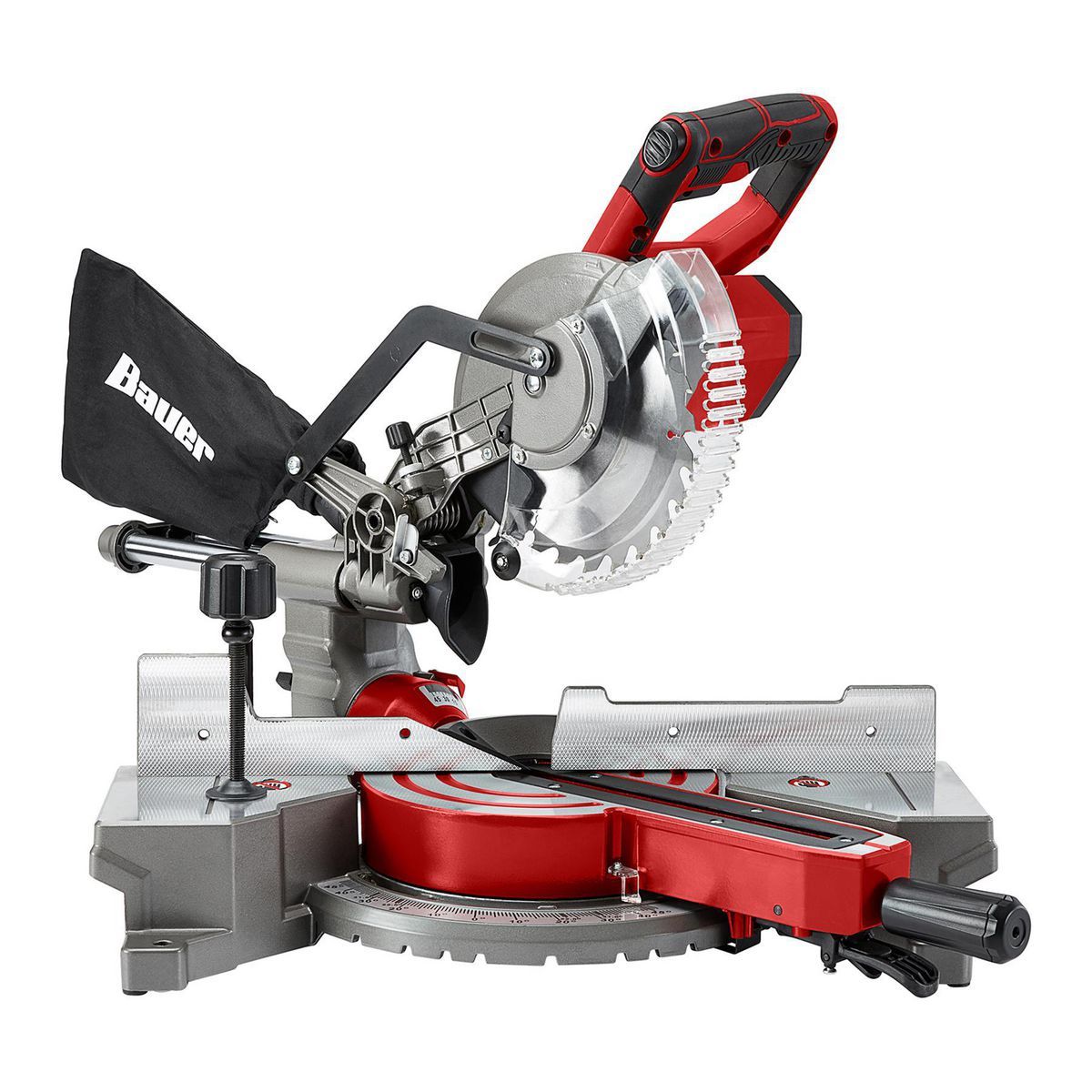
Accessories and Upgrades
While Harbor Freight pole saws come as complete units, several accessories and upgrades can enhance their functionality and user experience. Replacement chains are essential accessories, as a sharp chain significantly improves cutting performance. Some users opt for higher-quality aftermarket chains for improved durability and cutting efficiency. A chain sharpening kit allows for quick touch-ups between replacements, maintaining optimal performance. For gas-powered models, a fuel mixing container with measurement markings helps ensure the correct fuel-to-oil ratio. Protective gear, such as safety glasses, gloves, and hearing protection, while not specific to Harbor Freight saws, are crucial accessories for safe operation.
Some users report success with universal pole saw attachments, such as pruning shears or loppers, though these may require modification to fit Harbor Freight models. For electric saws, heavy-duty extension cords rated for outdoor use can expand the working range. While not specifically designed for these saws, general small engine maintenance kits containing air filters, spark plugs, and oil can be useful for routine upkeep of gas-powered models. These accessories and upgrades can help users tailor their Harbor Freight pole saw to their specific needs and preferences.
Conclusion: Is a Harbor Freight Pole Saw Right for You?
The decision to purchase a Harbor Freight pole saw ultimately depends on individual needs, budget constraints, and expectations. For homeowners with occasional trimming needs and budget considerations, Harbor Freight pole saws offer an accessible and cost-effective solution. These tools provide adequate performance for basic branch trimming and tree maintenance tasks in residential settings. The affordable price point allows many users to own a pole saw rather than renting one or hiring professionals for simple jobs.
However, those with extensive properties, frequent trimming needs, or requirements for heavy-duty performance might find the capabilities of Harbor Freight models limiting. Professional landscapers or arborists typically require more robust and feature-rich tools for daily use. The trade-off between cost and features means that while Harbor Freight pole saws perform basic trimming tasks adequately, they may lack the refinement, power, and longevity of more expensive models. Potential buyers should carefully assess their specific requirements, including the frequency of use, the size of the property, and the types of trees they’ll be maintaining. By weighing these factors against the capabilities and limitations of Harbor Freight pole saws, consumers can make an informed decision on whether this budget-friendly option aligns with their tree care needs and expectations.

